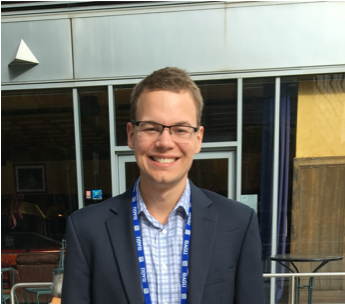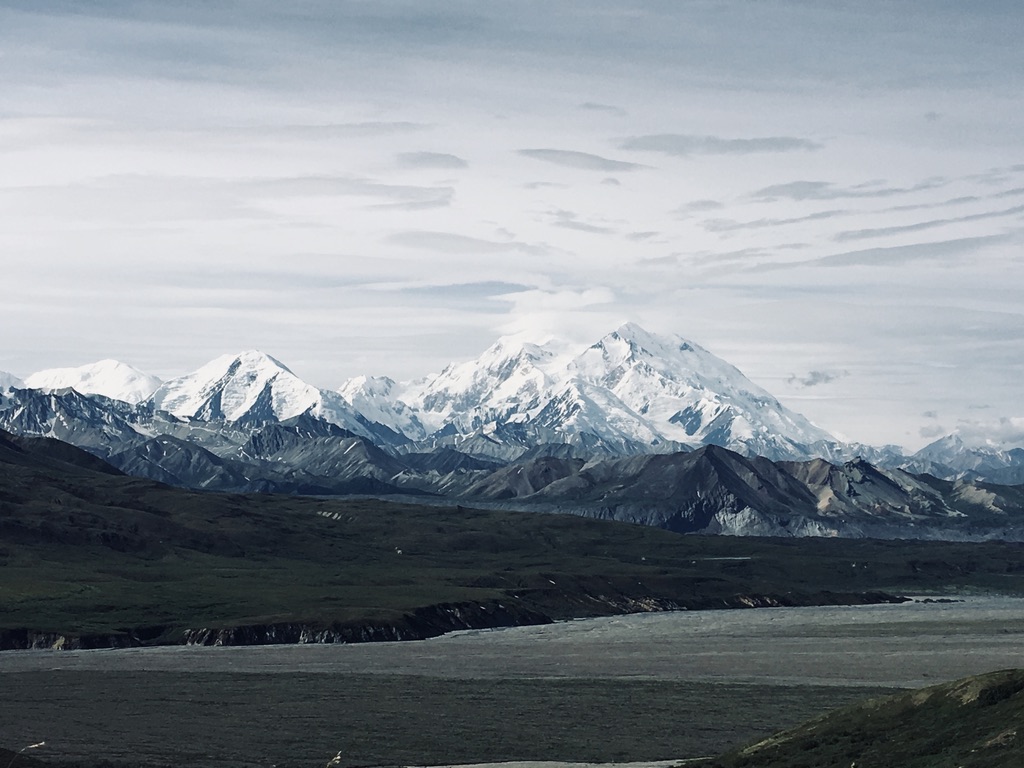
Improved infrasound array processing with robust estimators
Here we introduce robust regression techniques into the infrasound array processing literature by comparing the performance of various algorithms on actual and synthetically flawed array data. Our results show that robust estimators provide more accurate plane wave parameter estimates than conventional least-squares processing when there are problems with the data, and perform similarly when no issues exist. In addition to improved estimates, evaluation of least trimmed squares weights identified data quality issues in both the synthetic and active array data examples.
PDF



